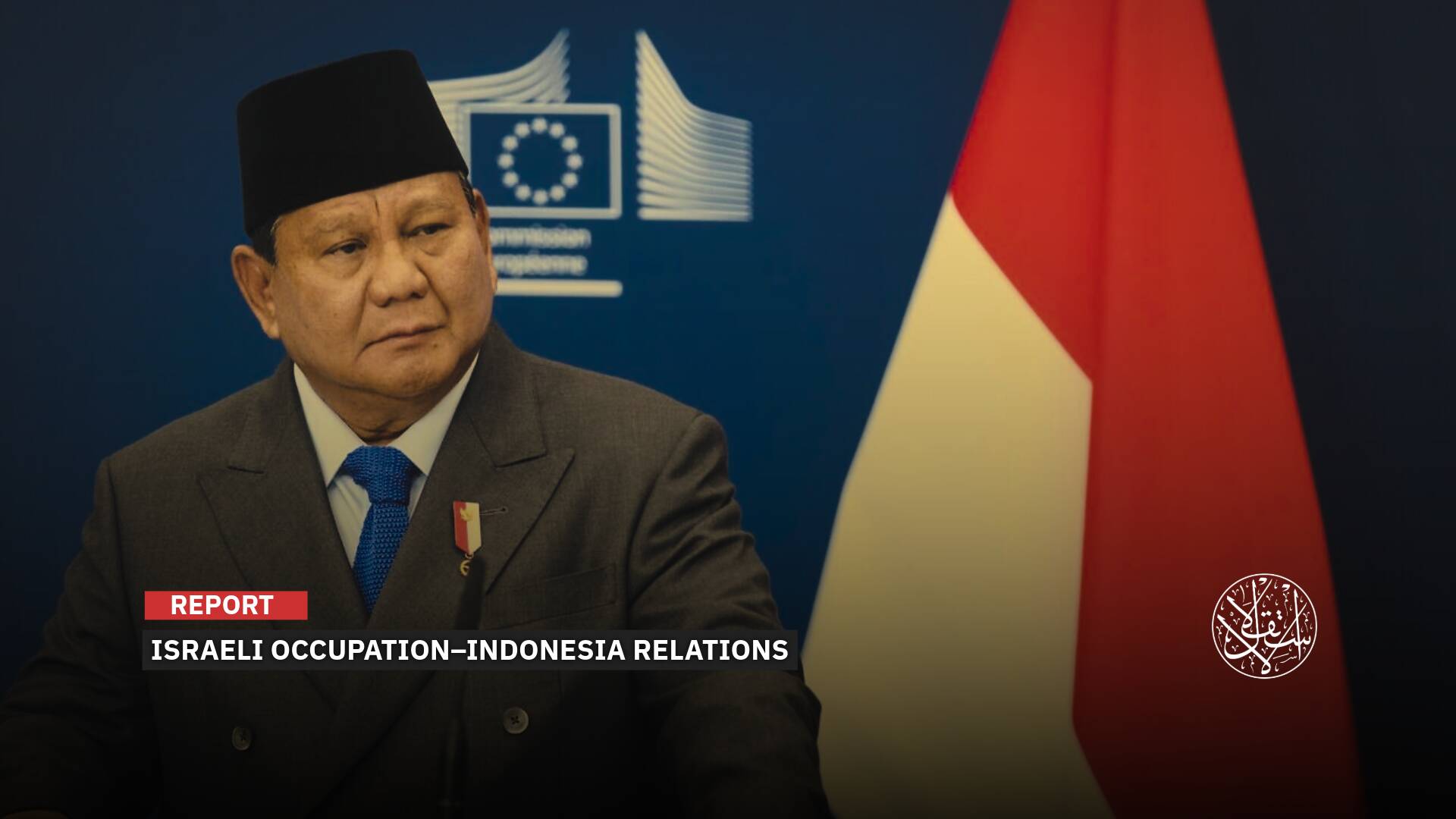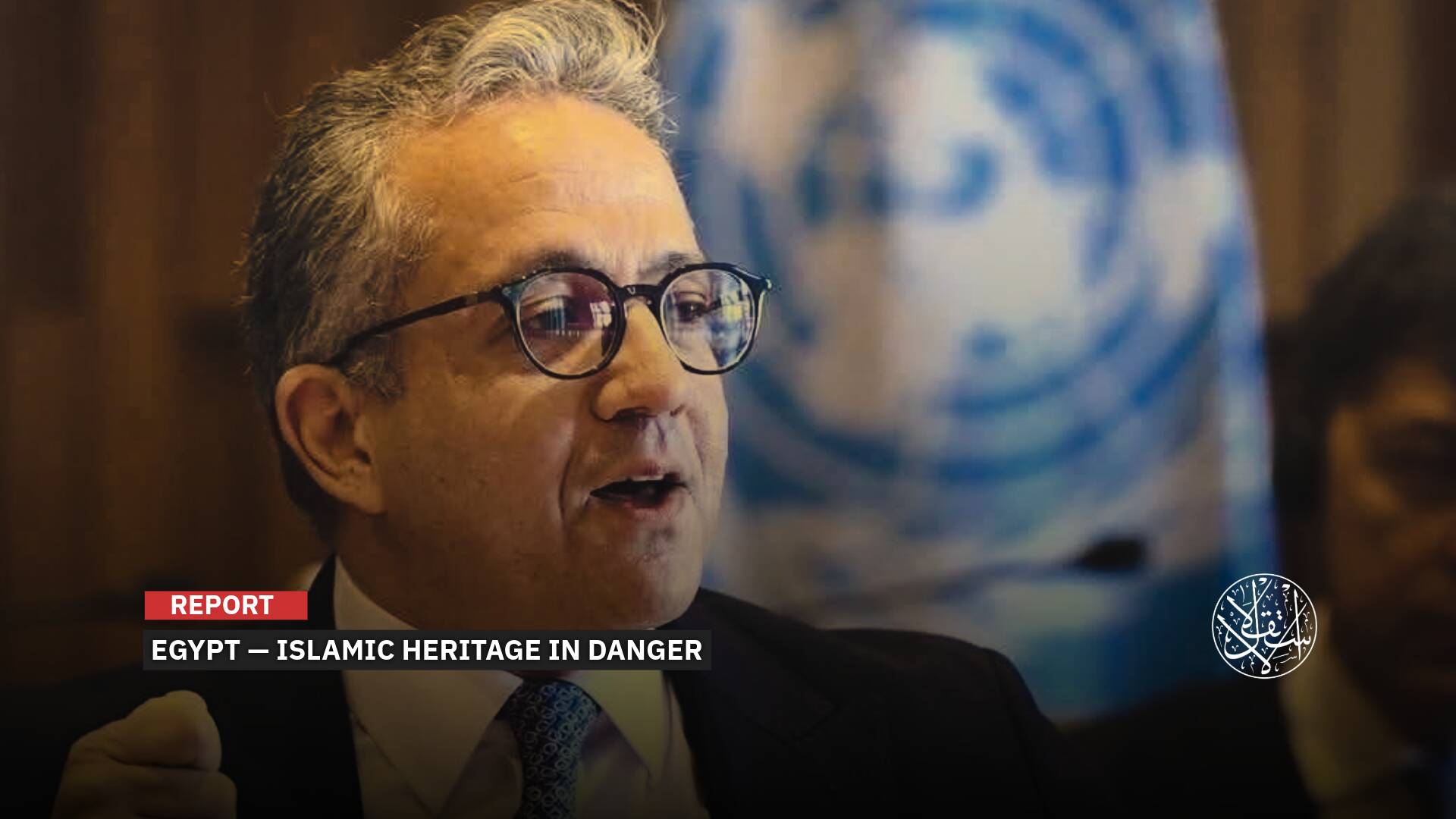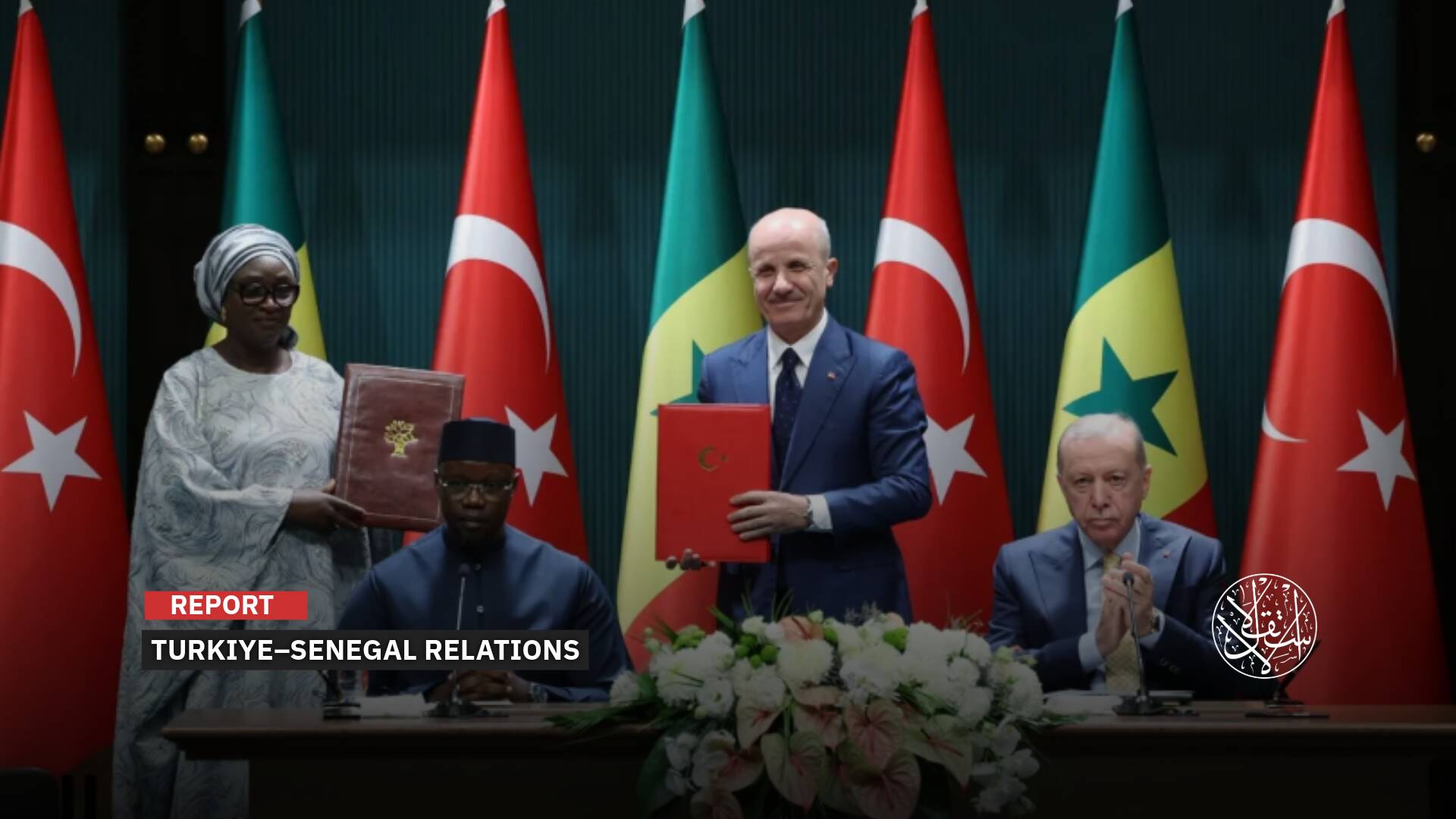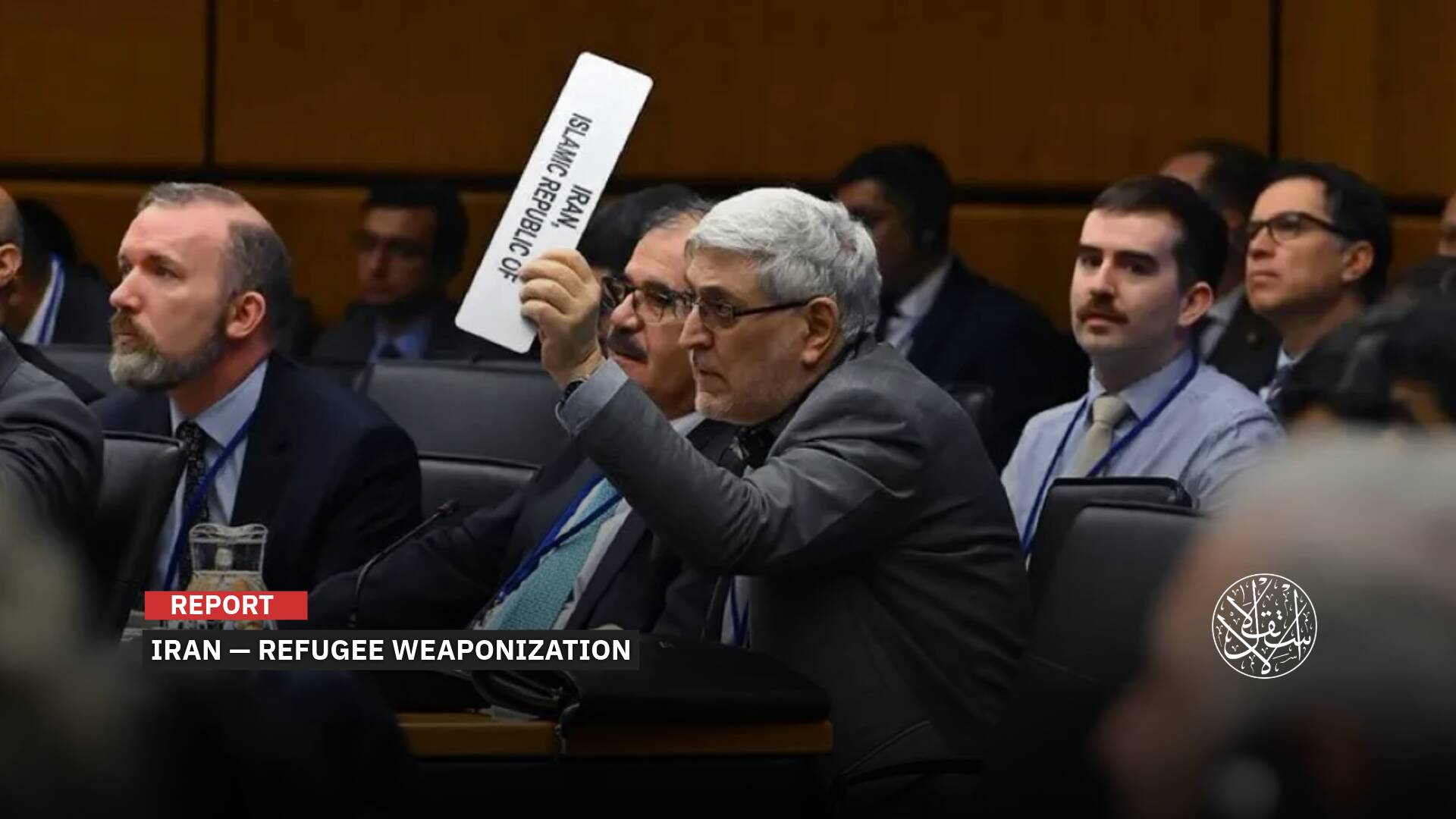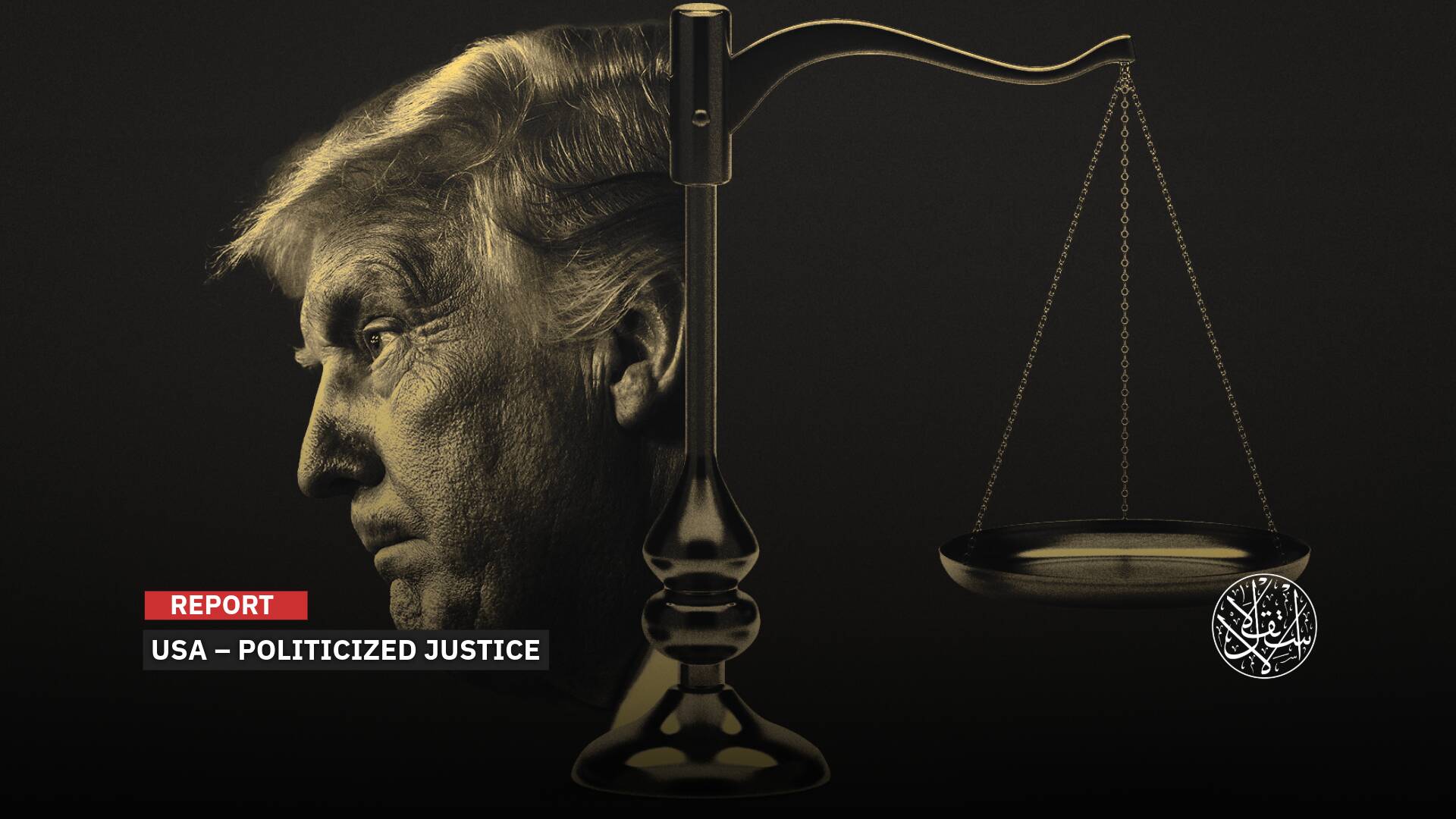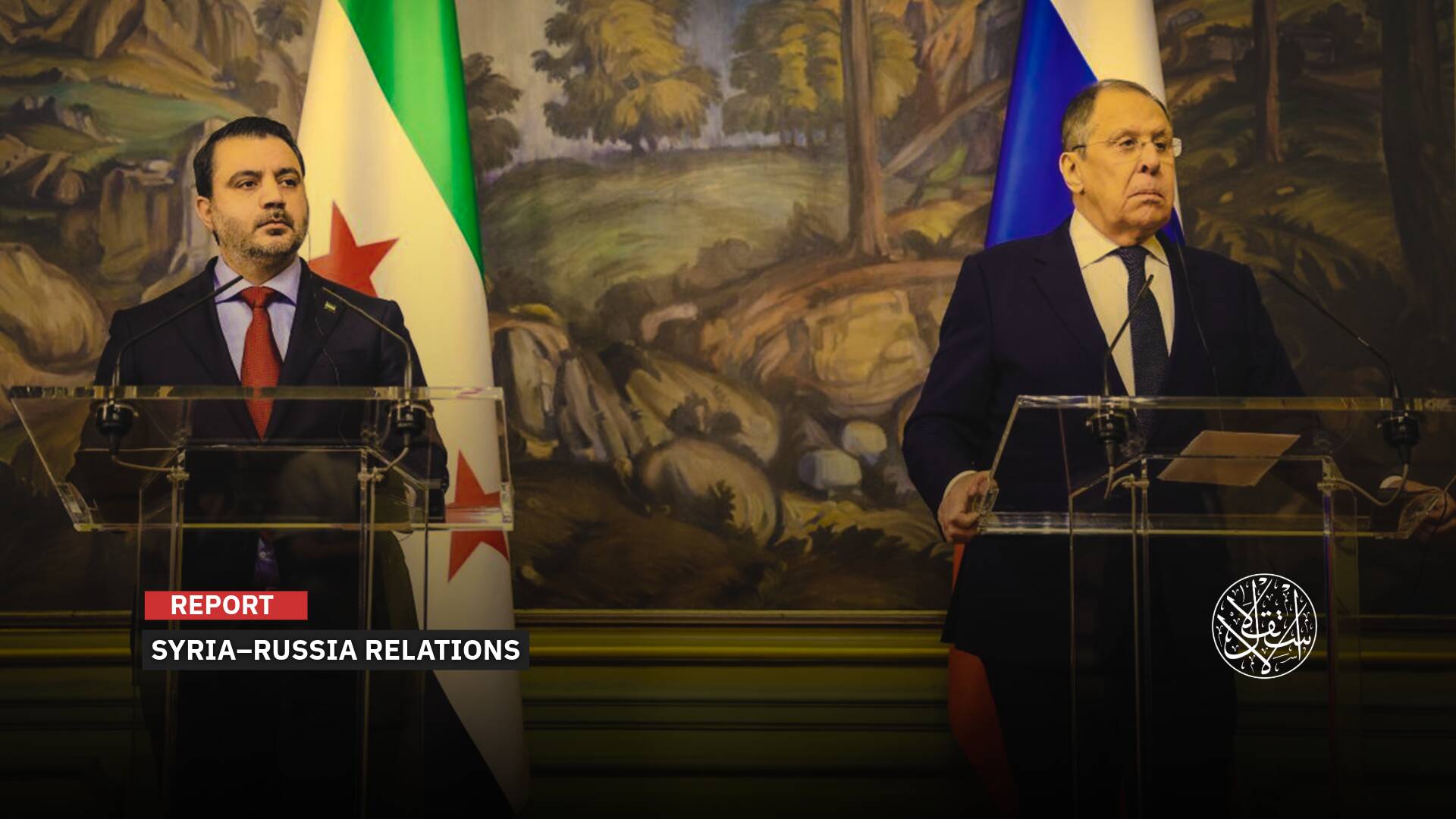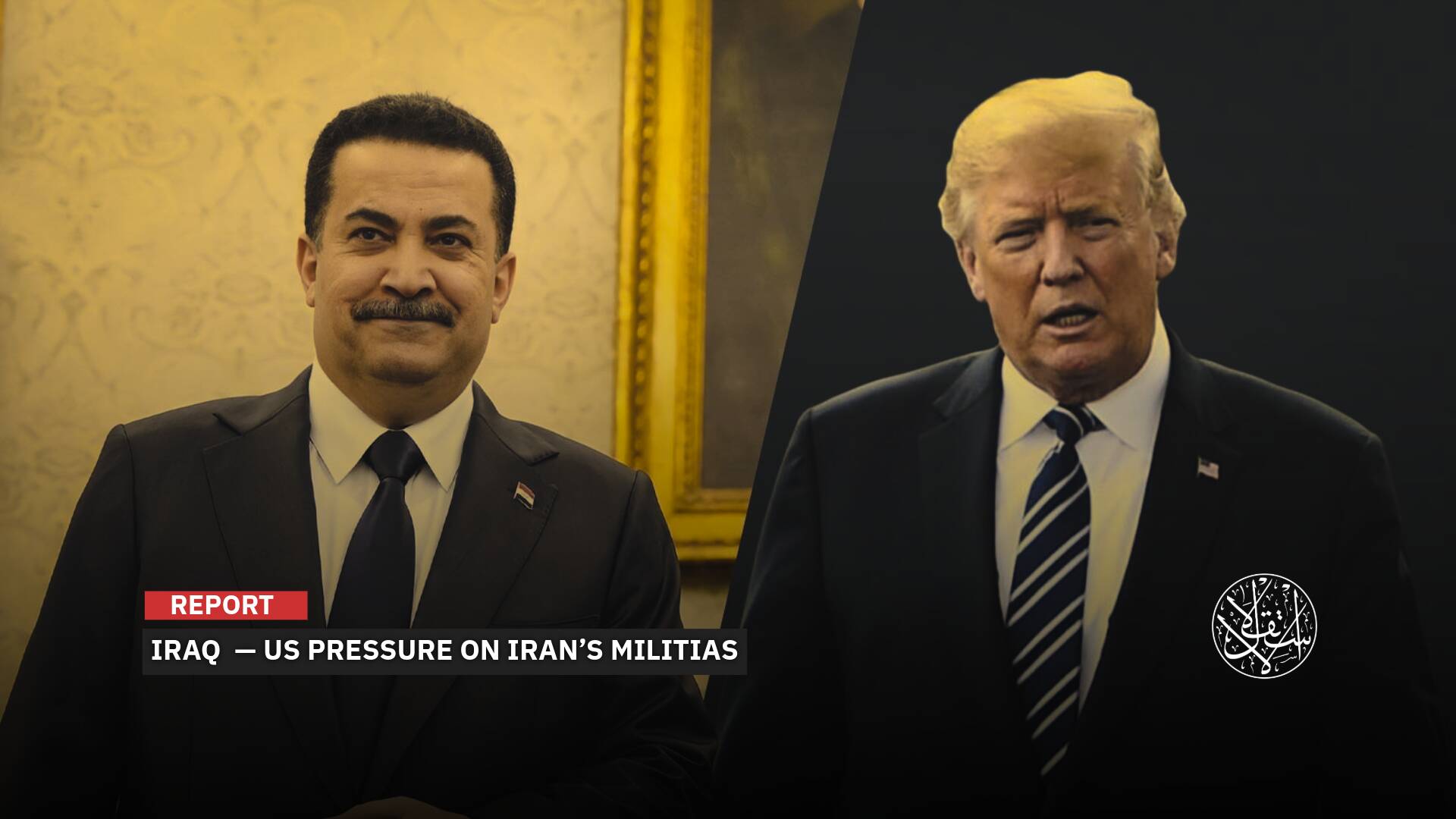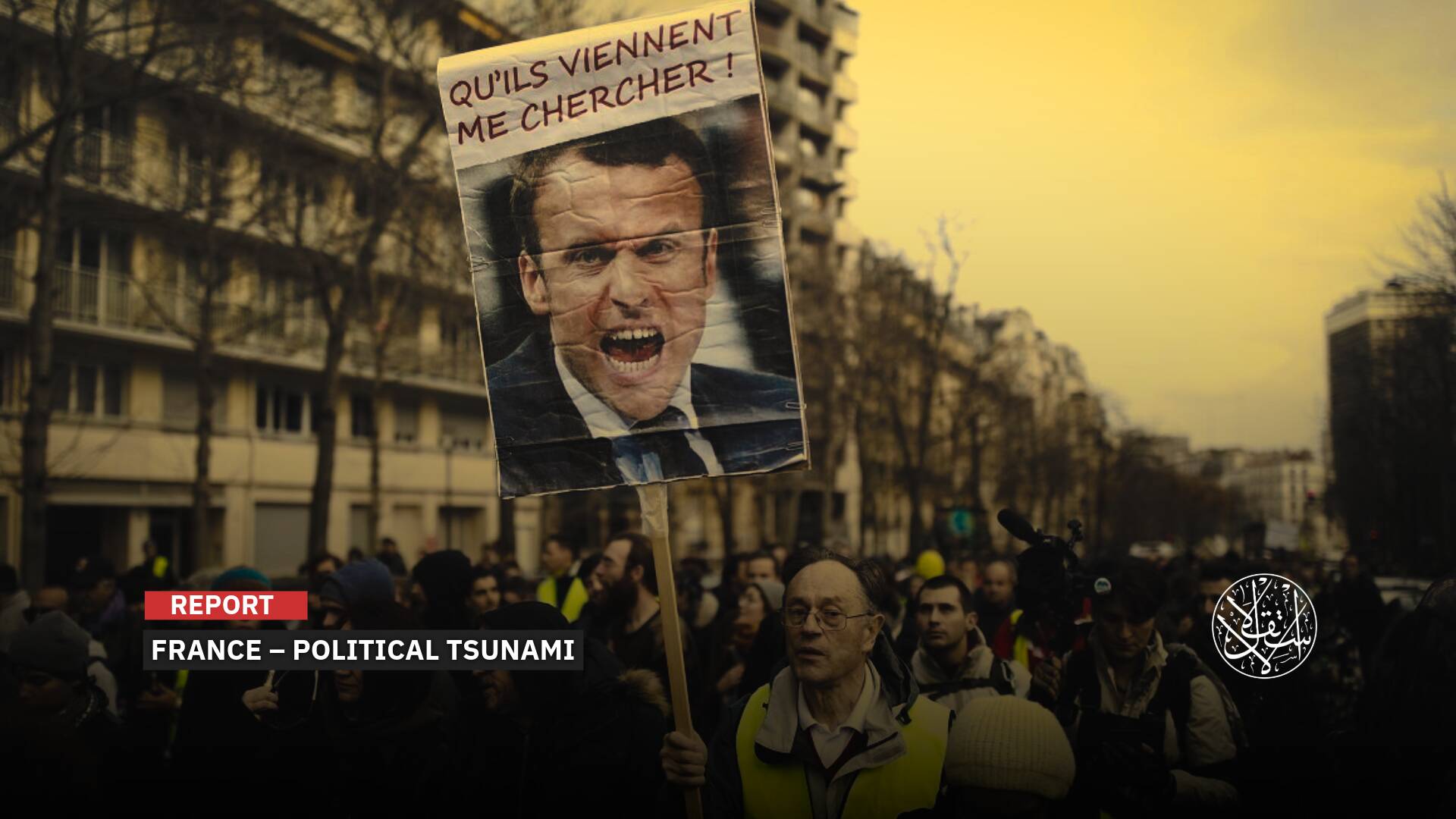Demolition of Shrines and Expulsion of Residents: Why Is Sisi Erasing Islamic Cemeteries?

In a sweeping move to make way for new roads and bridges, the Egyptian authorities have been demolishing historic cemeteries and removing the remains of scientists, sheikhs, and intellectual figures who shaped the country’s cultural and intellectual heritage.
The decision has sparked outrage among activists, historians, and relatives of the deceased, who say the government is erasing the past and violating the sanctity of the dead. Some families were notified of the expropriation and relocation of their ancestors’ tombs, while others were caught off guard by the bulldozers.
On the destruction of historical graves in #Cairo to make way for a fly-over:
— Eduard Cousin (@EduardCousin) May 23, 2023
"Authorities are ploughing their way through the 'City of the Dead', a 7km-long World Heritage site, to build highways as part of President Sisi's rampant modernisation drive" https://t.co/72oAzJhVsv
Famous Cemeteries
Among the graves slated for removal are those of Mahmoud Sami al-Baroudi, a 19th-century poet and politician; Hafez Ibrahim, a prominent Nile poet; Muhammad Mustafa al-Maraghi, a former sheikh of al-Azhar, the Sunni Muslim world’s foremost religious institution; and Warsh, a renowned reciter of the Quran.
The tombs, some dating back more than three or four centuries, are located in various areas of Cairo, such as Sayyida Nafisa, Imam Shafi’i, Tahawiyya, Sidi Gaber, Bab al-Wazir, and Sidi Omar. They are considered not only cemeteries but also architectural treasures and tourist attractions.
The government says the demolition is necessary for the development and modernization of the city, which suffers from chronic traffic congestion and overcrowding. It has promised to compensate the affected families and preserve the historical value of the sites.
But critics argue that the government is sacrificing the country’s rich and diverse legacy for short-sighted and superficial projects that serve political interests. They accuse President Abdel Fattah el-Sisi of imposing his vision of a new Egypt without regard for its roots or its people’s sentiments.
“We do not object to achieving the public benefit, but my late grandfather is considered one of the symbols of al-Azhar, and one of those who assumed the sheikhdom of al-Azhar, and he also made many contributions to the development of the religious institution,” said Sherine Tahseen, the granddaughter of al-Maraghi, whose tomb is in Sharqia Governorate.
She added that her family was given only two weeks to vacate the cemetery, which was not enough time to prepare for such a drastic change.
Others expressed their grief and anger on social media platforms, calling for a halt to the demolition and respect for the dead.
“How can they destroy these monuments that witnessed our history and civilization?” wrote one Twitter user. “How can they disregard our feelings and our rights?”
Another user commented: “The regime of Sisi is not only killing the living but also digging up the dead.”
"I'm so sorry to see the graves of Historic #Cairo being removed. We can learn our history from graveyards," says Dr Sadek, who attempts to salvage headstones and other artefacts. "This is priceless. I believe these treasures should be saved."#Egypt #AnotherScandal #Sisi
— Jonathan Moremi (@jonamorem) May 27, 2023
Public Outcries
The Egyptian government’s plan to demolish and relocate hundreds of historic tombs and cemeteries in the name of urban development has sparked outrage and resistance from the descendants of prominent figures buried there, as well as from cultural activists and archaeologists.
Among the endangered graves are those of Mohamed Ezz al-Arab, one of the leaders of the 1919 revolution and secretary-general of the Wafd Party, who was a close friend of Saad Zaghloul, the founder of modern Egypt.
His granddaughter, Rania, wrote on social media that she and her family had not been officially notified of the demolition order but were left in the dark and in fear.
“They sentenced us to live in fear, panic, and a sense of oppression and injustice and lost our loved ones twice and carried them buried twice,” she wrote.
The tomb of Taha Hussein, the dean of Arabic literature and a towering figure of Egyptian culture, was also threatened by a new traffic axis named after Yasser Rizk, a pro-government journalist.
But after a public outcry on social media, the government backed down and decided to build a bridge over the tomb instead, in a move that many saw as disrespectful and insensitive.
The same fate befell the grave of Yahya Haqqi, another renowned writer and diplomat whose works are considered classics of modern Arabic literature.
Many more historic tombs and buildings are at risk as the government pursues its ambitious agenda of constructing bridges and roads across the capital.
The #Sisi regime adds cultural vandalism to its litany of infamy. Historic tombs going back one and a half millennia are swept away along with citizens graves to make way for another white elephant project that lines the pockets of the generals. https://t.co/gyMIm56kOO
— Maha Azzam (@MahaAzzam_ERC) May 27, 2023
Erosion of History
“They are certainly ignorant of the history of these tombs and the value and stature of the names buried in them,” said Anas Rashad, a researcher with a Ph.D. in Islamic History who denounced the demolition plan as a crime against Egypt’s heritage.
In his interview with Al-Estiklal, Rashad said that in other countries, buildings that are over 100 years old are protected and preserved as monuments, while in Egypt, they are neglected and destroyed. She urged the families and owners of these tombs to take legal action at home and abroad to defend their rights.
The Ministry of Tourism and Antiquities has claimed that it bears no responsibility for the demolition plan because the affected tombs and buildings were not registered as archaeological sites.
But Rashad said that this was a lame excuse and that the ministry should have taken steps to register them if it cared about preserving Egypt’s history.
He noted that many families and owners were unaware of how to register their tombs as monuments and that the ministry should have helped them instead of turning a blind eye.
He also said that this was not a new phenomenon but part of a systematic distortion and blatant ignorance that had led to the destruction of many historic sites in recent years.
Cairo’s historical and cultural heritage is under threat as the government pursues urban development projects that demolish ancient tombs, mosques, and monuments.
The city, once rich in history and identity, is becoming a “ghost town” where only roads and bridges matter, while the dead and their legacy are erased, according to Rashad.
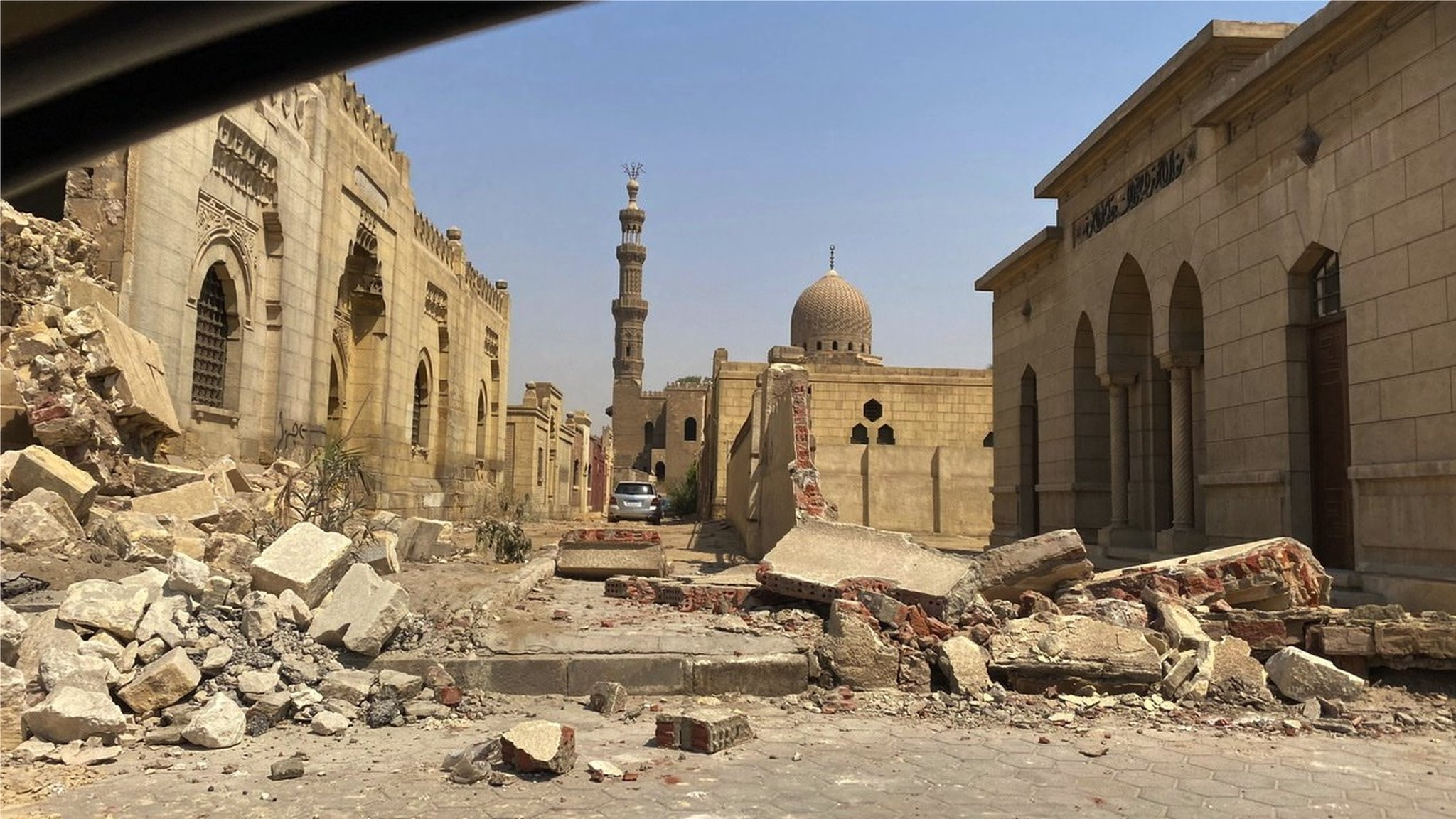
Some have proposed to relocate the remains of prominent figures to a new “Garden of the Immortals” in the New Administrative Capital, a planned city east of Cairo.
But Galila el-Kadi, a professor of urban planning at the University of Paris and director of research at the French Research Institute for Development, dismissed the idea as “malicious.”
In an interview with Al-Quds Al-Arabi, a London-based Arabic newspaper, she said: “What remains or immortals are they talking about? Over the course of 14 centuries, tens of thousands of notables, public figures, and pioneers not only at the level of Egypt but at the level of the region, men and women in all fields of art, literature, poetry, politics, economy, sociology, education, and science, enlightened clerics, pioneers, and icons, all those whose remains have been turned into dust mixed with the dust of their relatives will be transferred? For what? A street or a bridge?”
She urged the government to build a memorial for the deceased celebrities in the capital instead of disturbing their graves.
She also mentioned the Orchard of Scholars in Qarafa al-Mujawirin, a cemetery that contains hundreds of scholars, notables, and Sufis. Furthermore, she vowed to continue raising awareness about the “crimes” against history and the dead.


